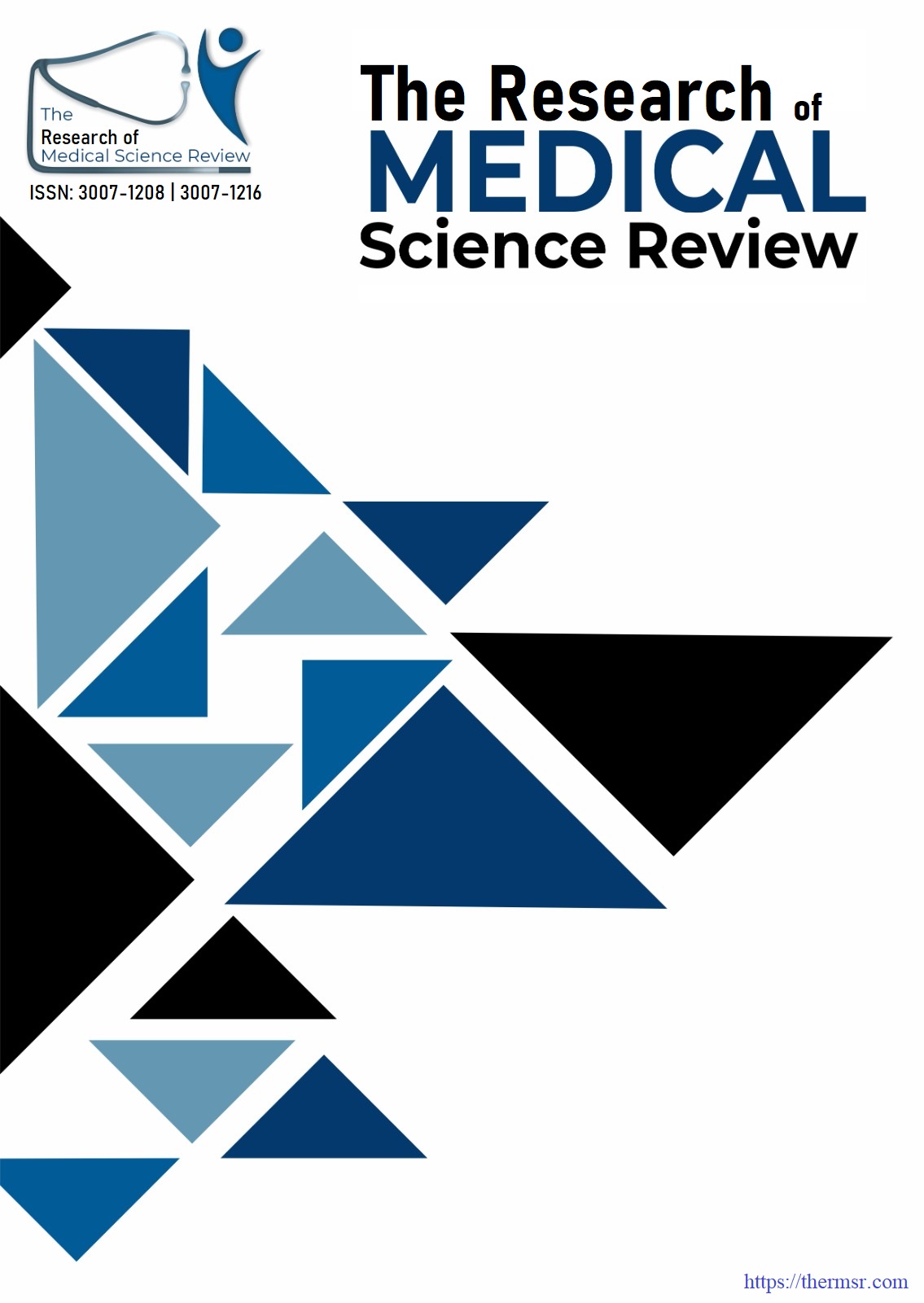EFFICACY OF HYPERBARIC OXYGEN THERAPY IN SENSORINEURAL HEARING LOSS
Keywords:
Hyperbaric Oxygen Therapy (HBOT), Pure Tone audiometry (PTA), Sensorineural hearing loss (SNHL)Abstract
Introduction: Sensorineural hearing loss (SNHL) is one of the most common type of hearing loss, caused due to damage of the inner ear (cochlea) or the auditory nerve pathways. This type of hearing loss is mostly permanent and cannot be corrected by medical treatment or surgery. Objective: The present study objective was to assess the effectiveness of Hyperbaric Oxygen Therapy (HBOT) in the treatment of various patients with Sensorineural hearing loss (SNHL). Methods: In this study, patients with Sensorineural hearing loss (SNHL) were treated through hyperbaric oxygen therapy, and the data was collected from patients enrolled in PNS Shifa Hospital Karachi, Pakistan. In PNS Shifa Hospital, 71 patients were treated by HBOT since Nov 2024, and their outcome data was collected, which showed improvement. Results: After analyzing the data of patients with SNHL, PTA results showed significant improvements in hearing thresholds post-treatment. Significant improvements were observed in air conduction thresholds, particularly at lower frequencies (250 Hz and 500 Hz). The greatest improvements were noted at lower frequencies (250 Hz and 500 Hz), while higher frequencies (4000 Hz and 8000 Hz) showed minimal or no improvement. Approximately 60–70% of patients showed some degree of improvement in air conduction thresholds, while bone conduction thresholds remained largely unchanged. Overall HBOT efficiency was 39 %. Conclusion: The findings of this study suggest that Hyperbaric Oxygen Therapy (HBOT) has moderate effectiveness in improving hearing thresholds for patients with sensorineural hearing loss, particularly in air conduction at lower frequencies. The therapy appears to be more beneficial for low-frequency hearing loss, with limited impact on high-frequency thresholds or bone conduction
Downloads
Downloads
Published
Issue
Section
License

This work is licensed under a Creative Commons Attribution-NonCommercial-NoDerivatives 4.0 International License.















